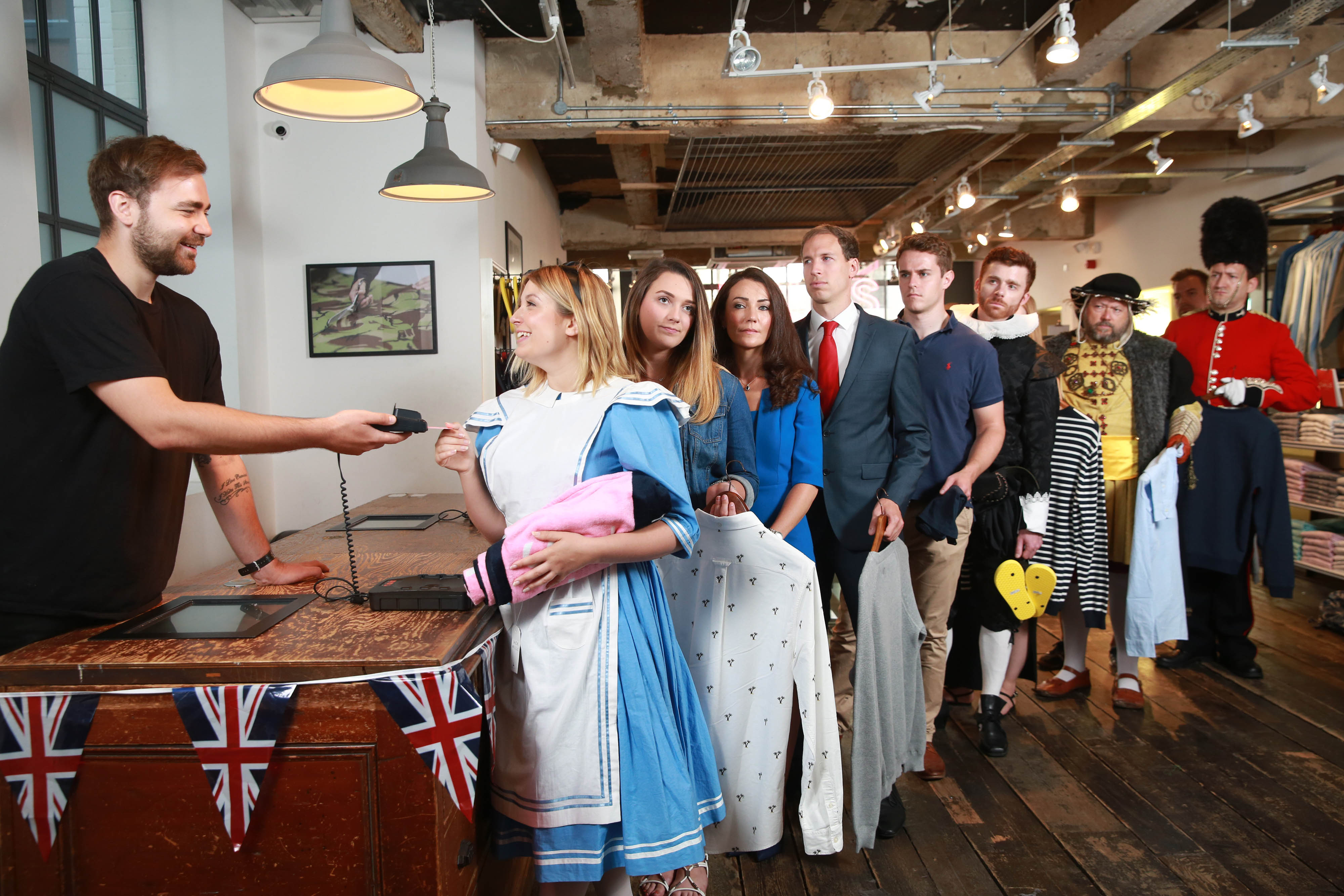AMLYZE Partners Vinted Pay As It Expands Payment...
- 16.01.2026 02:45 pm
PhotonPay Expands UK Local Payment Rails Via New...
- 16.01.2026 12:45 pm
UK High Court Backs Regulator’s Authority To Cap Cross...
- 16.01.2026 12:05 pm
TNG Digital And EPOS Launch EPOS360 And EPOS360...
- 16.01.2026 11:35 am
Funding Circle Adds ‘Company Cards’ to Its Cashback...
- 16.01.2026 10:20 am
Visa Supports Chinese Cardholders to Add Cards to...
- 15.01.2026 10:35 am
Worldline Empowers Agentic Commerce With New AI...
- 15.01.2026 10:15 am
Swift Takes Bold Steps To Unlock the Benefits of...
- 15.01.2026 10:05 am
ClearScore Embeds Automated Debt Repayment Technology...
- 15.01.2026 10:05 am
Jalin And BPC Strengthen National Digital Transaction...
- 15.01.2026 08:55 am
Insight And Stripe Partner To Modernise Enterprise...
- 14.01.2026 03:20 pm
Klarna Expands Digital Bank Offer with Peer-to-Peer...
- 14.01.2026 12:25 pm






















